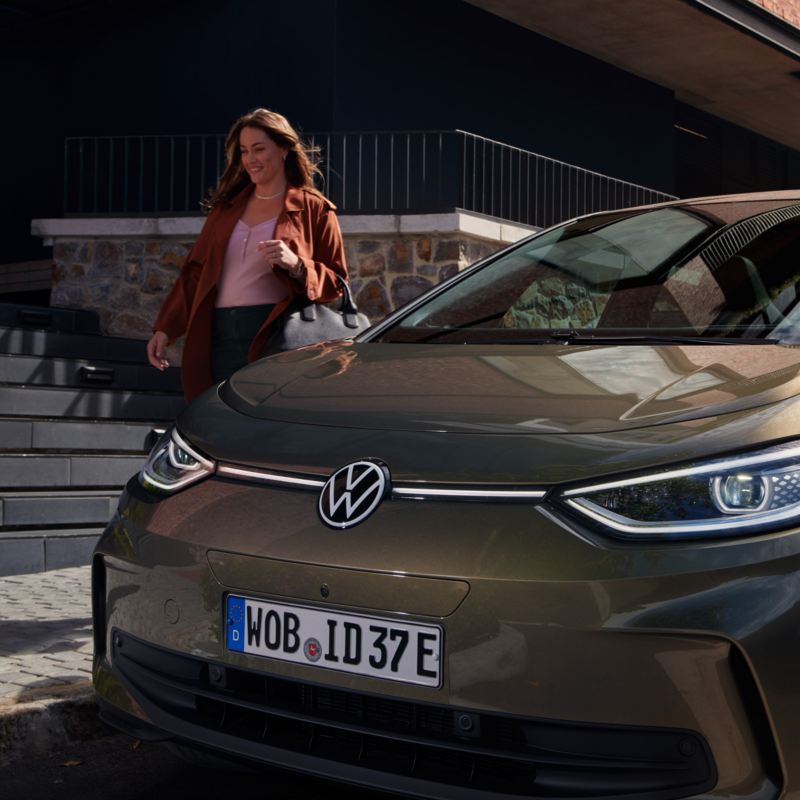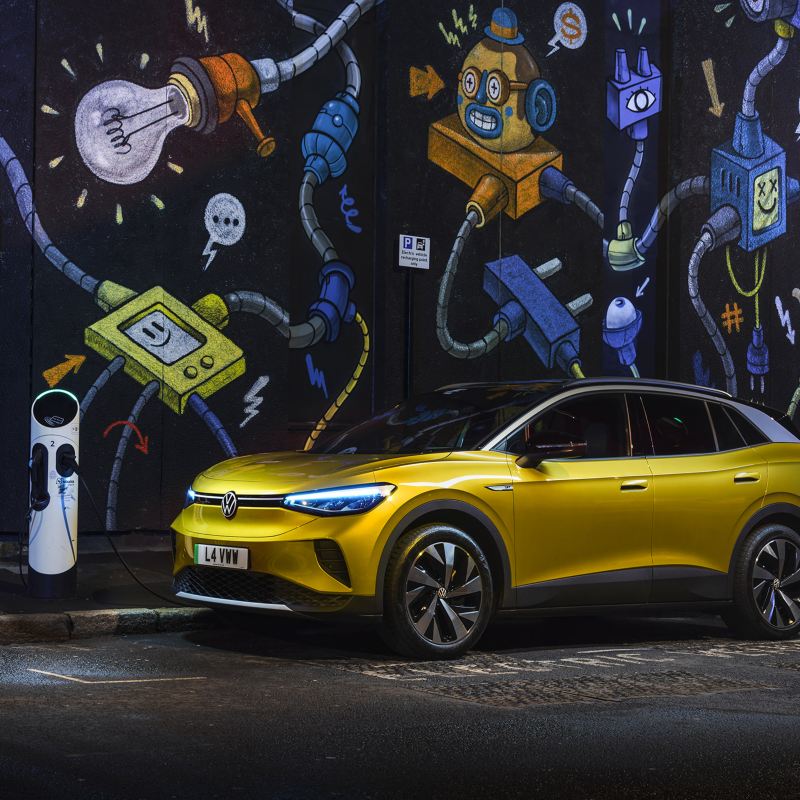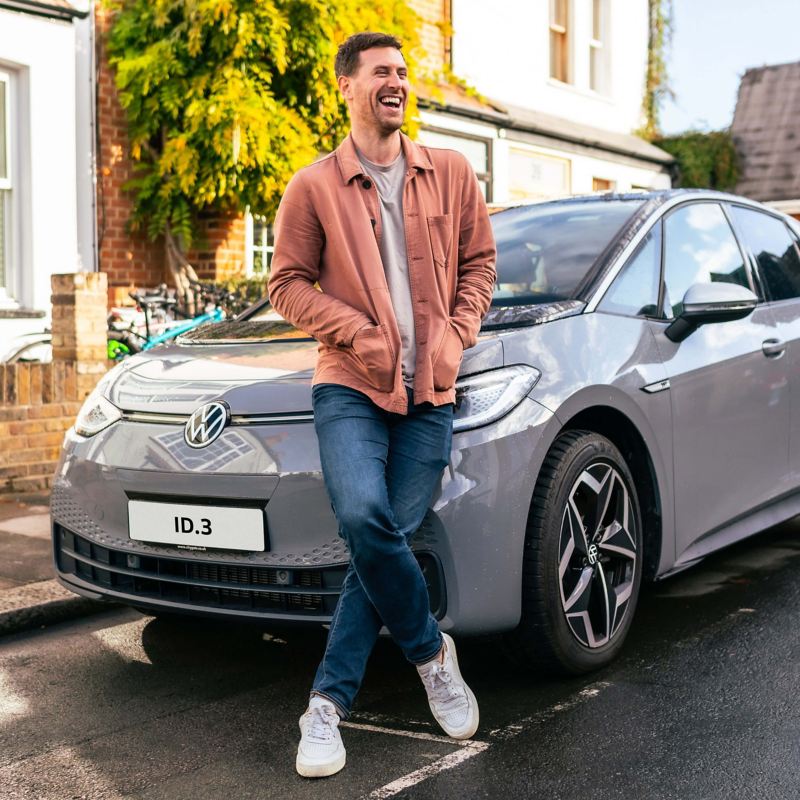Electric cars: all you need to know about charging
stations at home and on the move
If you are thinking about an electric car today, you are faced with the question of how and where to charge your vehicle. How is it best to charge at home? Where can I charge when I am on the move? Are there enough public charging stations? And how do I pay for it? We explain how to ensure that you have enough battery power in your car, whether you are commuting or planning a long journey.
Find out more here about electric car charging stations:
- A wallbox is the most convenient way to charge your electric car at home.
- But you can charge much faster at a direct current (DC) fast-charging station.
- And even customers who are not tied into contracts and charging rates can charge at virtually any charging station.
- The We Charge1 charging service enables drivers to use a single card to charge at 270,000 charging stations across Europe today.
Electric mobility is here and the number of all-electric cars and plug-in hybrids is rising rapidly. The public charging infrastructure is being expanded to avoid queues at charging stations, and more and more electric car owners are choosing to charge their vehicle conveniently and quickly at home.
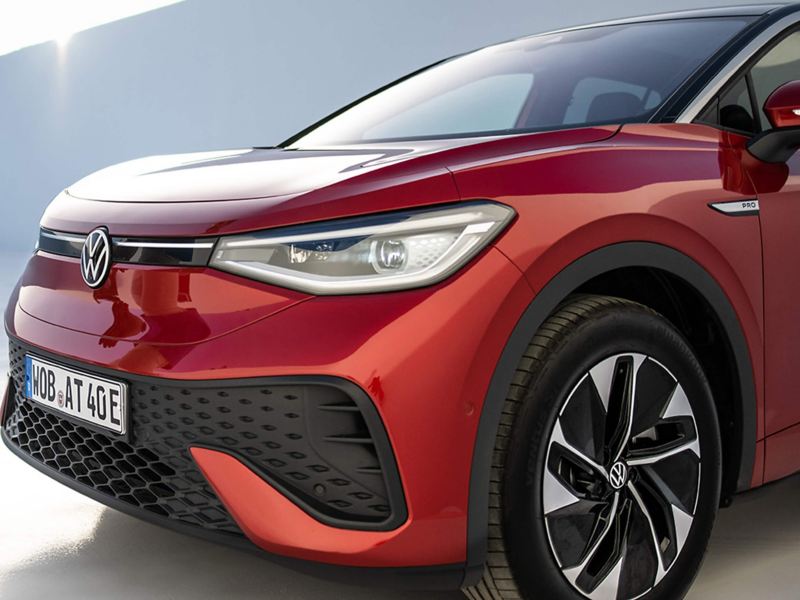
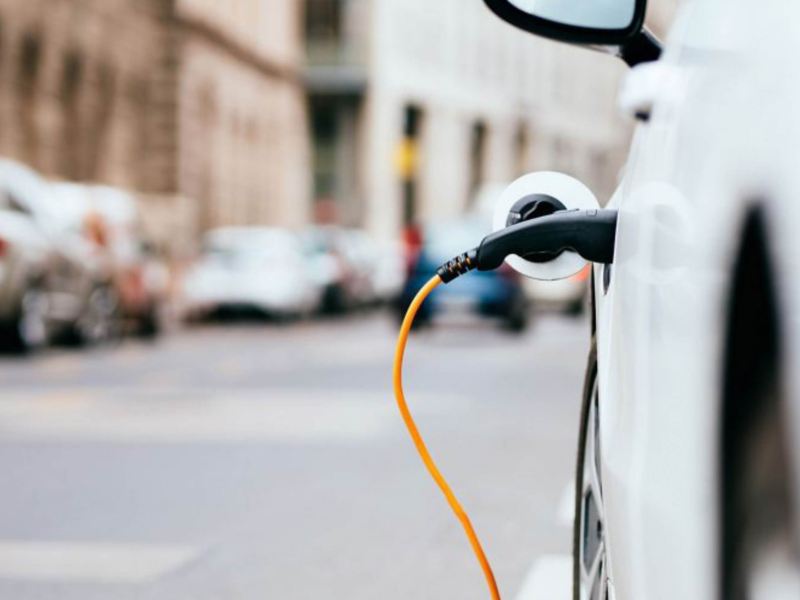
How do I charge my electric car at home?
There are various home-charging options. You can charge your electric car from a normal household power socket using a charging cable and the in-vehicle charger, the on-board charger. However, normal 230 V power sockets are not designed for continuous use, which is why they should only be used in exceptional cases. With its better charging power, charging your car is faster, safer and more convenient with a wallbox. It is your own little home-charging station, which – like an electric cooker – is wired to your home's three-phase power supply (400 V, high-voltage current). Its 11 kW charging power is considerably higher and significantly reduces the charging time compared to a standard household socket.
The car industry plans to build additional charging stations itself. To promote electric mobility, the Volkswagen Group and its partners expect to be operating some 18,000 charging stations in Europe by 2025 – five times the fast-charging network in 2021. There are other strategic partnerships committed to this besides the IONITY joint venture in which Volkswagen also has a share. Volkswagen plans to invest around €400 million in this across Europe by 2025.
Charging an electric car is this easy
Charging an electric car could not be simpler once you have got to grips with it.
A Mode 2 cable is needed to charge your electric car on a normal household power socket. You need a Mode 3 cable to charge at a private wallbox or a public charging station with alternating current, because of the higher charging power. The connector on every vehicle is always identical – a Type 2 connector. All DC fast-charging stations have permanent cables – simply connect it to your car's CCS connector (Combined Charging System): the car's CCS connector takes alternating current and direct current. Check out the available systems on our website under Charging connectors and charging cables.
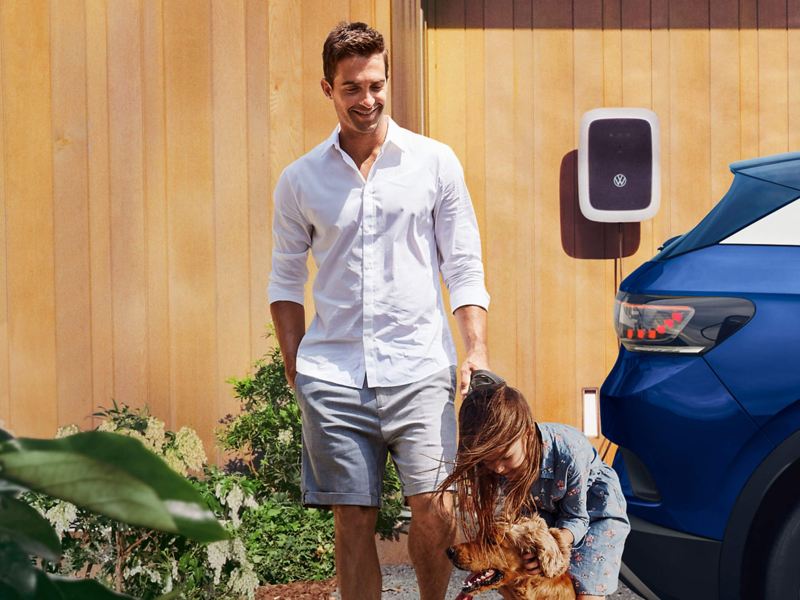

Quite simply: pay at the charging station
Where is my nearest charging station? The navigation system on many models of electric car often answers this question. Many drivers also use one of the many electric mobility apps to find a charging station for their car. All you need is a charging card and an eMobility Provider's (EMP) or Charge Point Operator's (CPO) charging rate to unlock the charging station. Alternatively, use your smartphone camera to scan the QR or Intercharge code on the charging station – and you will automatically taken to the charging station operator's app or website.
Contract customers can charge with electricity at a fixed price per kWh and the amount is usually automatically debited from your account. This is the most convenient and often cheapest way to charge your car.
The owner of a vehicle will usually be notified by an app connecting their smartphone to the car, such as the "We Connect ID. app", that the charging process has ended.
Access to almost all charging stations with We Charge
It is even simpler and more convenient with We Charge.3 This service lets you currently use around 270,000 charging stations across Europe with just a single card. And there is a range of rates available for different charging needs.
So the groundwork has been laid for the switch to electric mobility and electric cars. If we've made you curious about the Volkswagen ID.models, them take a look at our Online Configurator Tool. Simply and easily configure the car of your dreams to match your lifestyle and needs!
Many public car parks now have parking bays with charging stations for electric cars.
